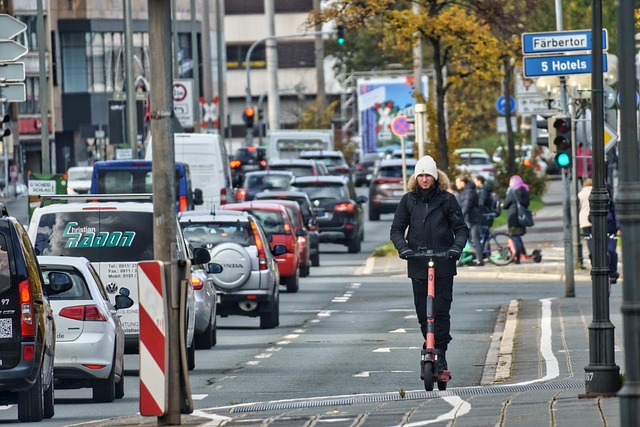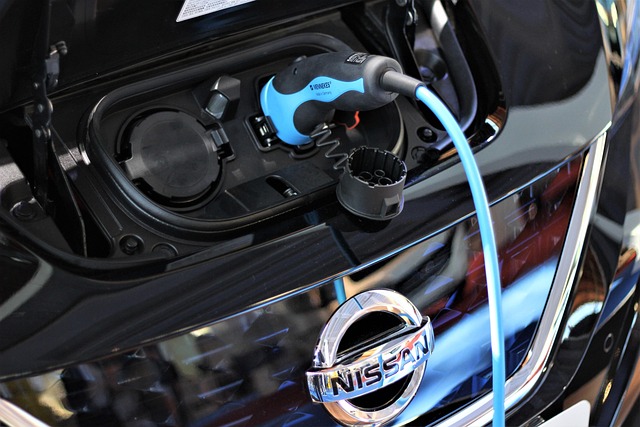In the ever-evolving landscape of mobility, the concept of reduced energy requirements is ushering in a new era of transport sustainability that resonates deeply with communities, especially in rural areas. This innovative approach not only prioritizes efficient energy use but also opens doors to economic development and social equity. As urban areas continue to innovate, it’s crucial that rural communities are not left behind in accessing sustainable transport solutions.
Transport sustainability is more than just a trending topic; it is a crucial necessity for a healthier planet and thriving communities. Reducing energy consumption in transportation can lead to lower greenhouse gas emissions, a decrease in air pollution, and reduced dependency on fossil fuels. This paradigm shift in how we view mobility emphasizes the importance of utilizing renewable energy sources, such as solar or wind, to power our vehicles and transport systems. Electric bicycles and public scooters are just the tip of the iceberg when it comes to sustainable mobility, fostering an environment that promotes clean energy and mitigates climate change.
But what does this mean for rural development? Many rural areas are often overlooked when it comes to transportation infrastructure. These communities frequently face unique challenges, such as limited public transport options and a reliance on fossil fuels. By focusing on reduced energy requirements, rural regions can innovate solutions tailored to their specific needs. For instance, the introduction of energy-efficient electric vehicles tailored to rural terrains and distances can vastly improve accessibility. Residents can travel to work, schools, and markets without the heavy environmental toll of traditional vehicles.
A sustainable transport framework could also empower rural economies, as enhanced mobility often leads to increased opportunities for local businesses. With energy-efficient transport options, farmers can more efficiently distribute their produce to markets, leading to a more robust economy. Likewise, community members could work together to create car-sharing initiatives or local transport services that further minimize energy use and expand access to essential services.
Moreover, the drive towards reduced energy requirements aligns itself with the growing trend of eco-conscious living. Younger generations, particularly those in rural settings, are becoming more aware of their ecological footprint and are seeking sustainable choices in mobility. This is inspiring initiatives that focus on community-powered transport projects, such as solar-powered shuttles or bike co-ops, that bring people together while addressing the pressing need for sustainability.
Education and awareness are also vital components in this transformation. By highlighting the benefits of reduced energy use in transportation, communities can foster an ethos of conservation and eco-friendliness. Workshops, community forums, and local partnerships can work to disseminate information on sustainable practices and the importance of energy-efficient transport solutions. When people understand the positive impact of reduced energy requirements, they become active participants in driving change.
The intersection of transport sustainability and rural development cultivated by reduced energy requirements paints an optimistic portrait of the future. By embracing innovative technologies and sustainable practices, rural areas can redefine mobility, ensuring that traveling becomes a more eco-friendly and accessible endeavor for everyone. As we look ahead, it is essential for policymakers, businesses, and community members to come together to support these initiatives that promise a greener, more equitable future.



